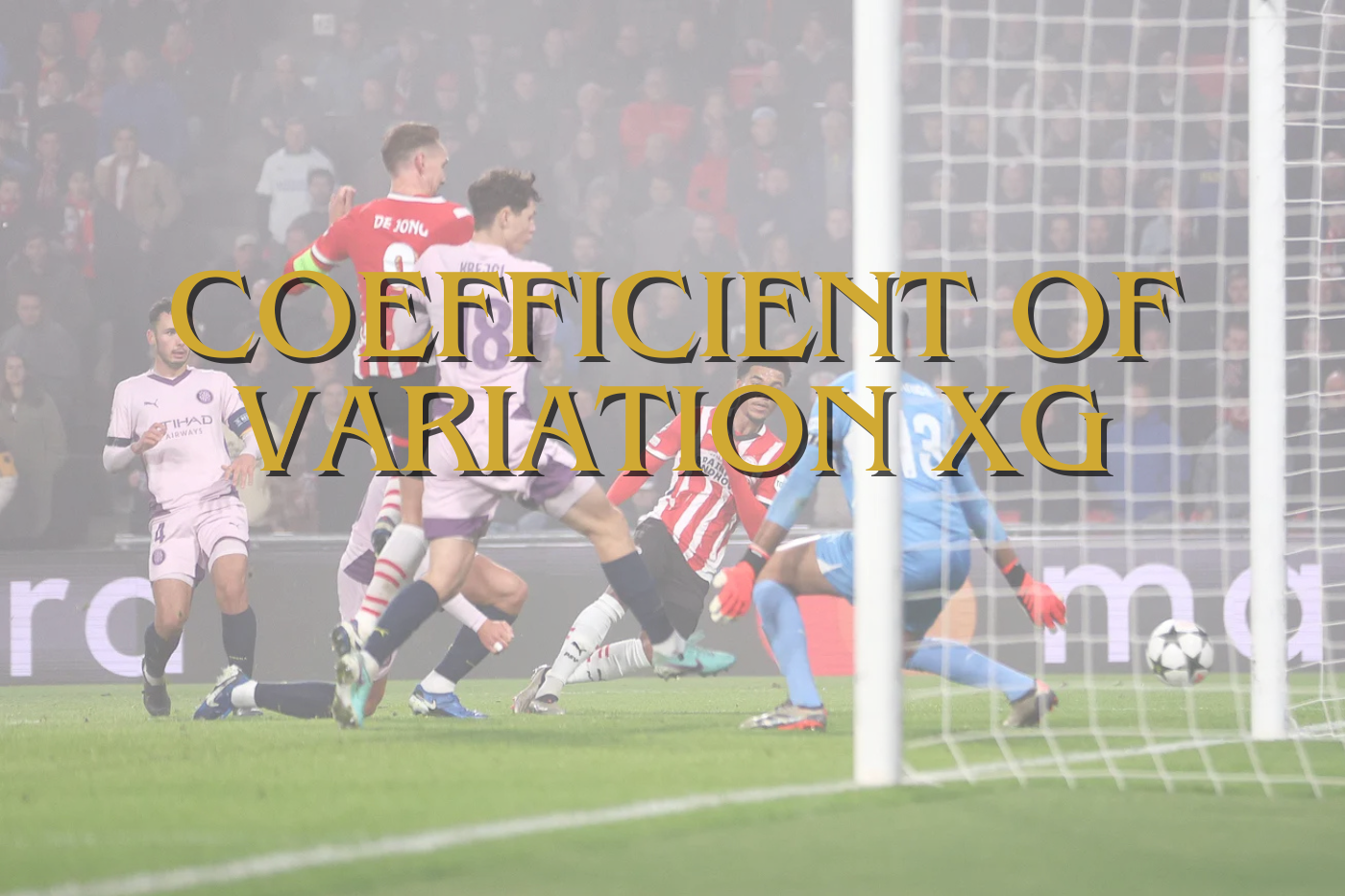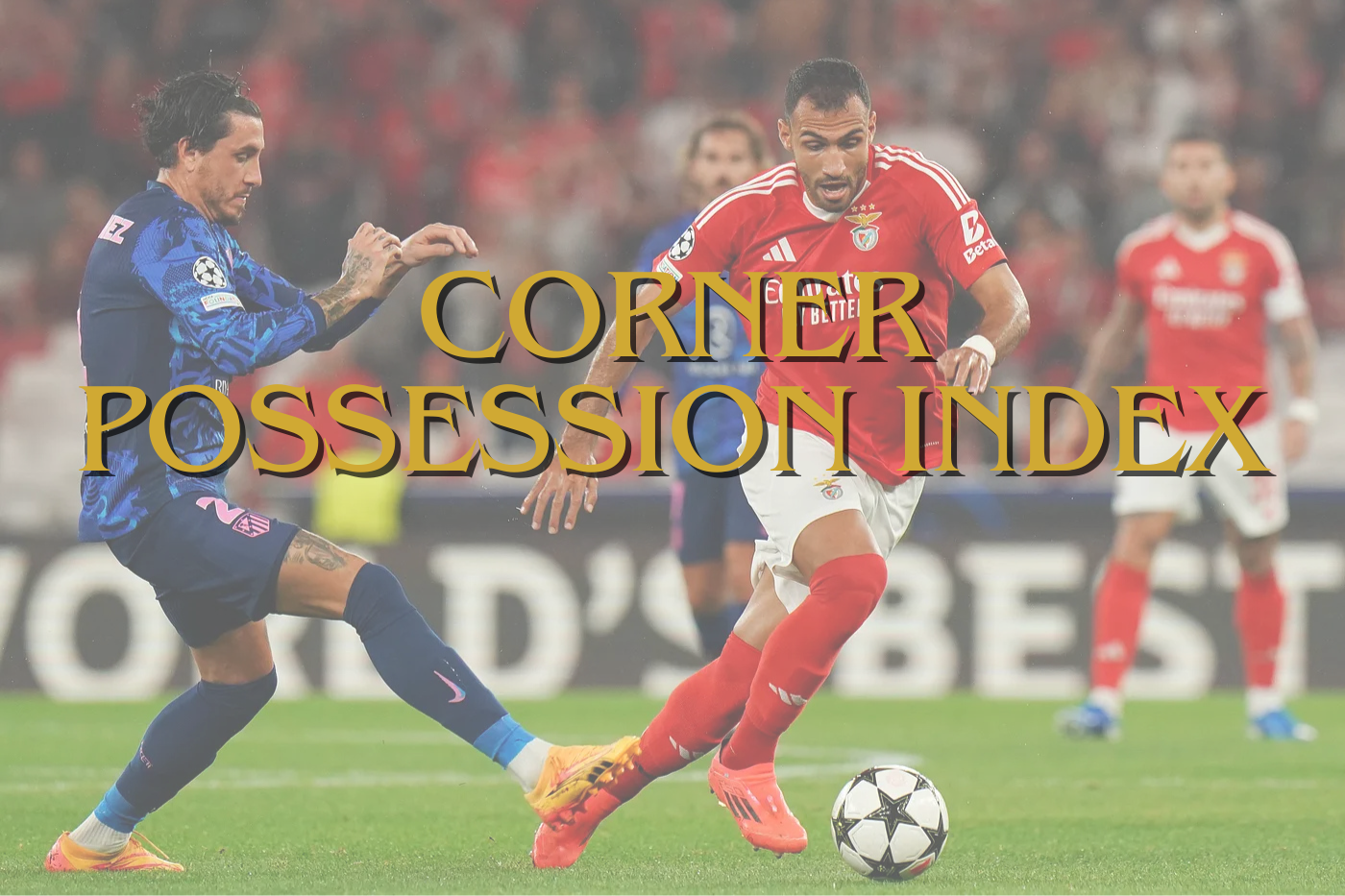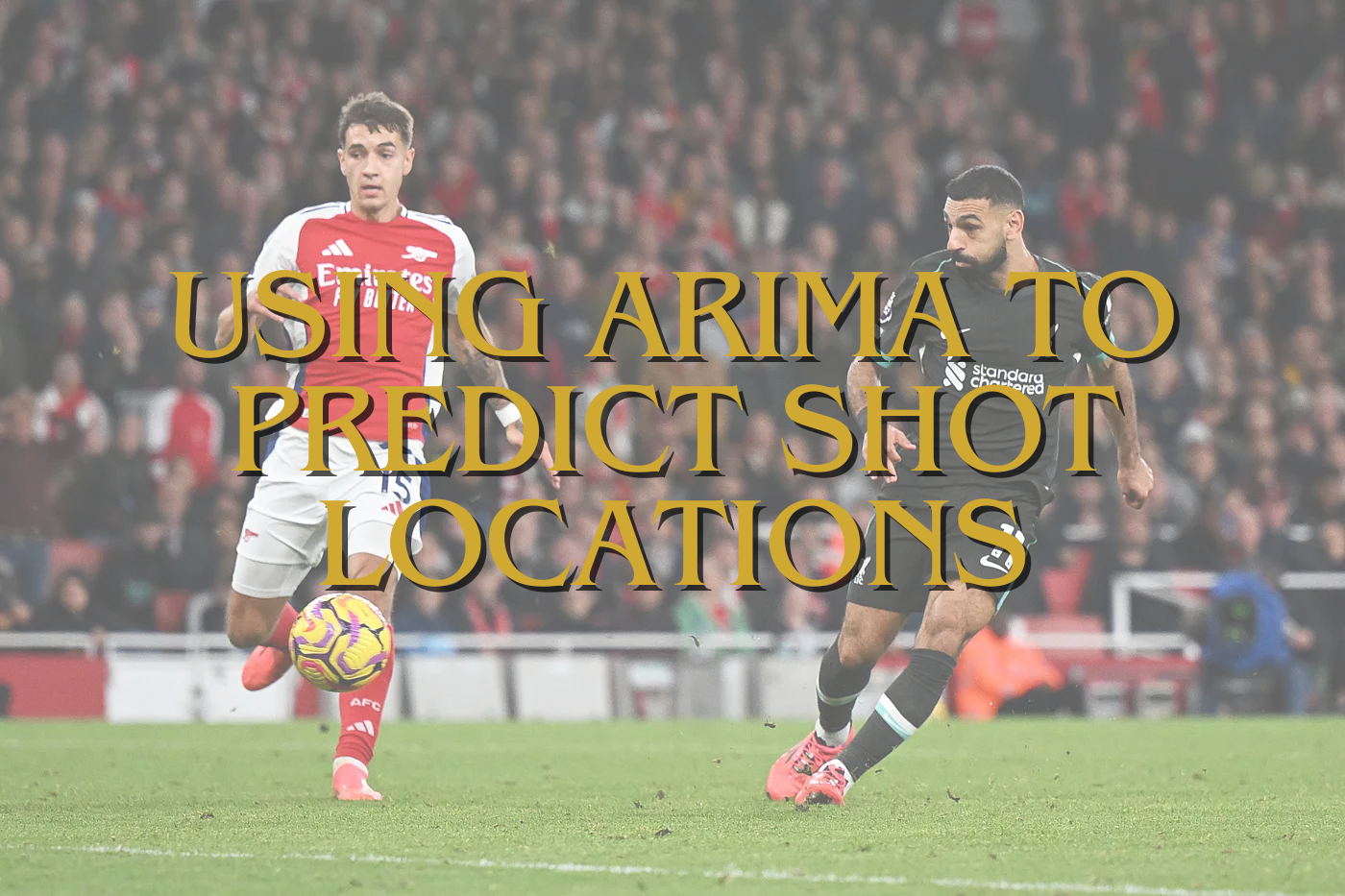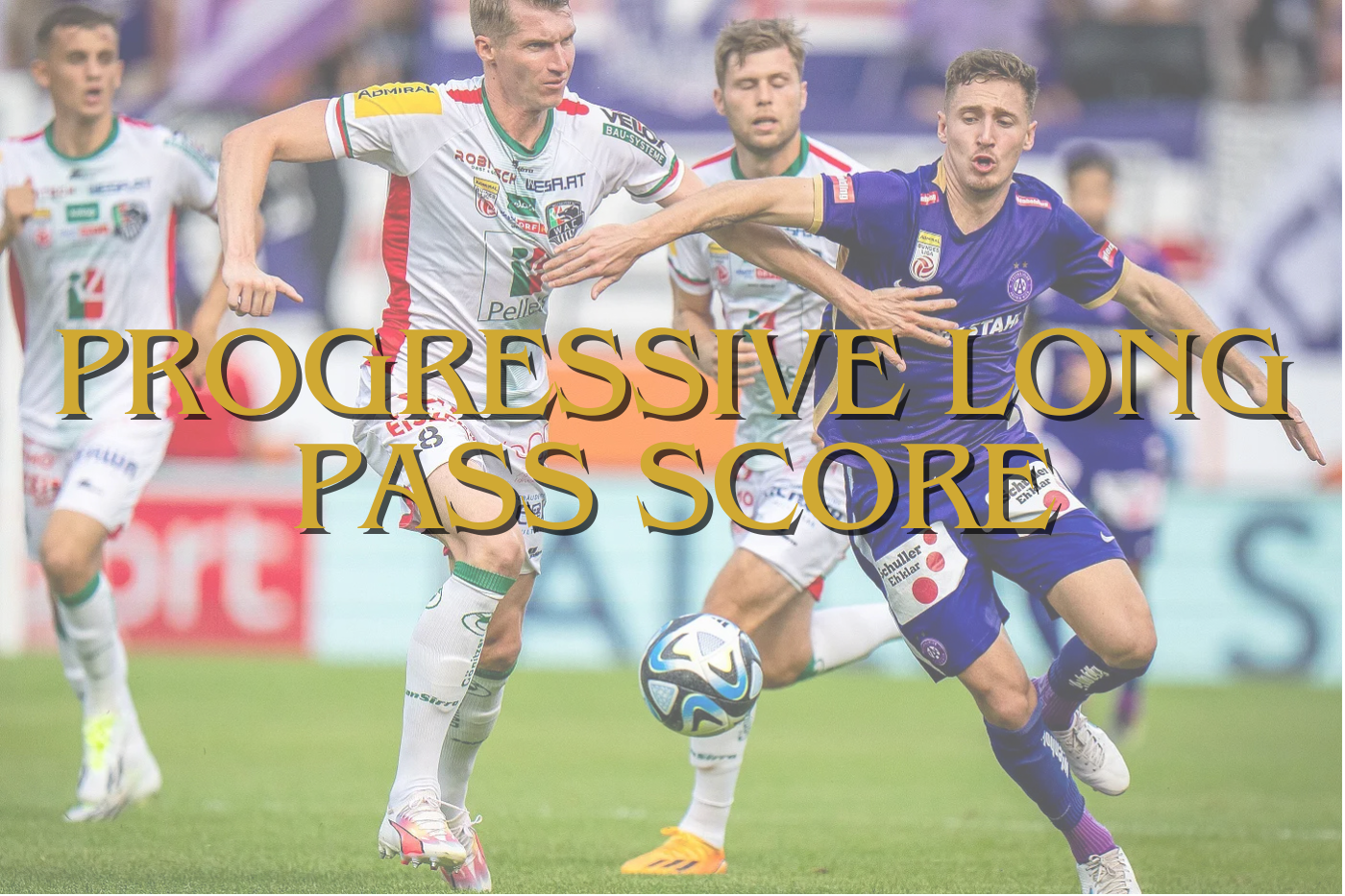Manchester United. There has been plenty of buzz around that club lately and let’s be honest, there’s always stuff going on in the red side of Manchester. I’m not writing this piece in the light of OGS leaving or Ralf Rangnick coming to the club, but I wanted to have a look at what Manchester United does with their attacking corners in the Champions League.
A club like Manchester United is expected to be dominant on the ball, but in reality – some clubs are better and will be more dominant. This can especially be seen in some Champions League fixtures. Winning a corner and converting it into a goal is something huge in those games, and set piece can have a big impact in these high-profile matches. So, what does Manchester United do with their routines to maximise their results?
In this article I will first have a look at the data and draw a few conclusions from there, then I will look to the placement of the first contact of the corner, followed by the second contact, and then I will provide video analysis. This video analysis will look at the corner routines used and what is being done in the second phase of that particular corner.
Data and video come from InStat and Wyscout, and are collected on Monday, November 29th, 2021.
Data
Data is a wonderful tool to support what you see with your eye, but first we need to contextualise and define the data. We are working with two different data providers who give two different ideas of what a corner entails and how long a corner clip is. So if we look at what Wyscout provides, we see 20 attacking corners in the 5 Champions League games played so far and if we look at Instat we see 26 attacking corners in those same games. After having a look at them, I made the decision to look at the 20 corners and figure out the routine, as some corners have been counted twice in the InStat database due to extensive second phases.

If we look at the actual data we can see that 11% of the attacking corners have gone to the goalkeeper zone in the middle, the zon where the keeper is dominant or should be dominant. 24% of the attacking corners goes to the near post zone, which is 21% from the left side and 3% of the right side. 3% of the attacking corners goes the far post zone and this is only when corners are taken from the right side, from the left side none of the corners went to the far post zone. 18% of the attacking corners goes to the 11-meter zone, 11% from the left side and 7% of the right side.
First contact

In the image above you can see the first contacts from corners taken from the left. There were 13 corners from the left. Manchester United tried to deliver the majority of the attacking corners to the near post zone, but only one first contact in that area was won: a direct header from Ronaldo. As we can see too is that they have played the corner short to Rashford (1x) and Shaw (2x) – they attempted to deliver the ball into the six-yard box from a different angle.

In the image above you see the attacking corners taken from the right, which is 7 in total. They tried to deliver them to the near post again, with one header on target by Maguire. There is one first contact last to the far post zone, which wasn’t touched anyone and therefore resulted in a goal kick. Two corners were taken short, of which Rashford (2x) was the recipient. He tried to swing the ball into the six-yard box with a more advantage for the incoming runners, which we will discuss later.
Second contact

We have looked at the first contact so far, but let’s have a look at what the second contacts were from corners. Not all corners can be a direct shot on goal, and second contacts can be very important for the attacking corners.
From the left side we see two first contacts that lead to shots – in this I mean this person is the first contact, rather than only the first touch – and we see three shots after a first contact lost, just outside the penalty area. What we can conclude is that Manchester United do lose the first contact in the penalty area quite some bit, but their second contact is won almost the entire time.

From the right side, we see one first contact that leads to a shot – in this I mean this person is the first contact, rather than only the first touch – and we see one shot after a first contact lost, just outside the penalty area. What we can conclude is that Manchester United do lose the first contact in the penalty area quite some bit, but their second contact is won almost the entire time. The ratio between lost-won first contact is a bit more balanced when looking at the right side.
That second ball is very important and can be illustrated by two examples from corners from the left, which you can find below.
These two examples illustrate how Manchester United set up to do something with the second ball. They might lose the initial first contact in the near post area – which is logical, as this is defended the best. They do however react to it by having three men anticipating the second ball and ready to have a shot on target. This is different to many teams, as they only employ one or two people doing that – but even then, they will focus more on the first line of rest defence rather than having a shot on target.
So yes, excellent use of the second ball to maximalise the goalscoring opportunity, but the initial delivery and placement of the corner quick is questionable if you want an impact from the first contact.
Video analysis
For the video analysis, I’m going to focus on routines that Manchester United employed in those five matches against Villareal, Atalanta and Young Boys. Now we have seen how the near post isn’t utilised successfuly and we have seen that shots from second balls lead to chances, but in the examples below I’m going to look at the routines that made sure there were direct shots from a corner kick.
In the video above you Manchester United against Atalanta in the Champions League. The ball is taking from the right by a right-footed player, meaning the ball will swing out from goal towards the penalty spot. Atalanta employs two lines of zonal marking, with a three-player zonal structure in the six-yard box.
We see three players outside the box tasked with dealing with second balls and preparing the first line of rest defence, but as we have seen in the sections above, they also prepare to shoot from the second phase of this attacking corner. There are five players in the penalty area who are Manchester United and four of them (Cavani, Ronaldo, Pogba and Lindelöf) are allowed to roam freely, only Maguire is man-marked in this corner.
As soon as the ball is kicked we see movement from those five players. Where Cavani moves out towards the corner, Pogba inverts into the six-yard box and together with Ronaldo forms a unit that will move towards the goalkeeper zone and near post zone. Lindelöf also moves towards the near post zone. Maguire needs to lose his marker, which he does, and then assumes the position from the penalty spot towards the six-yard box. He manages to get a header because of the movement of other players, the vulnerability of runners against a zonal marking defence and the delivery of the corner.
In the video above you Manchester United against Villarreal in the Champions League. The ball is taking from the left by a left-footed player, meaning the ball will swing out from goal towards the penalty spot. Villarreal employs a two player zonal structure with one man-marker – the one marking Lindelöf here.
We see three players outside the box tasked with dealing with second balls and preparing the first line of rest defence, but as we have seen in the sections above, they also prepare to shoot from the second phase of this attacking corner. We actually see five players in the penalty area again, but they have set up differently. One player is pinned against the six-yard box, while a unit of four makes runs towards that six-yard box. That unit of four consists of Pogba, Ronaldo, McTominay and Varane.
As soon as the ball is kicked we see that 1-4 formation change into a 1-1-3 formation with the rush of Ronaldo being significant in this one. While he accelerates, the three attacking runners still move forward. In the end Ronaldo’s ability to rise above the defenders gives him a chance to convert the header into a goal, but his attempt is too high. Instrumental to Ronaldo’s run is McTominay’s block in the beginning of the routine, wihch gives hum space to run and attack the vulnerability of the zonal marking of Villarreal.
Final thoughts
It’s hard to draw conclusions from a small sample (just 20 corners) and a competition which is so different from a domestic league, but the importance of instant impact is high in the Champions League. In terms of first contacts Manchester United didn’t create much, as you can have seen from the first contacts lost in the near post zone. In terms of second contacts/balls, Manchester United do anticipate well and almost every time win the second ball after a corner – which means they can shoot or build an attack from that possession of the ball.
The quality of chances however and converting them is something to discuss later on in the season, where a bigger sample can be researched and seen if they make the right choices in finishing, but for the Champions League – Manchester United need to work on their direct impact from attacking corners.






